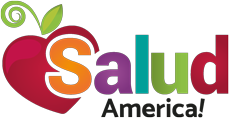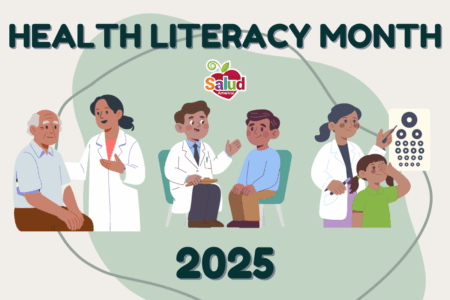
Share On Social!
Gluten is a protein found in wheat, barley, rye, and related grains. It gives dough its stretch and helps baked goods rise.
Many common foods contain gluten, including bread, beer, pasta, and cereal.
So, why is “gluten-free” become so popular these days?
For millions of people, gluten is a medical issue. Celiac disease, gluten sensitivity, and wheat allergies require strict gluten-free diets.
“When people with celiac disease eat gluten (a protein found in wheat, rye, and barley), their body mounts an immune response that attacks the small intestine,” according to the Celiac Disease Foundation.
In addition, gluten sensitivity causes symptoms when gluten is eaten. However, it doesn’t cause the antibodies and intestinal damage seen in celiac disease.
Additionally, people with non-celiac gluten/wheat sensitivity experience symptoms similar to those of celiac disease, but do not test positive for celiac disease.
How can you get help achieving a gluten-free diet? Use these five resources!
1. Celiac Disease Foundation
The Celiac Disease Foundation has a mission to “to improve the health and well-being of the millions of individuals around the world affected by this genetic autoimmune disease through our strategic investments in research, advocacy, and education.”
With this in mind, the foundation provides lists of gluten-free brands and products and gluten-free recipes and meal plans.
Information on clinical trials for celiac disease and how to join is also available.
Those experiencing celiac disease can join the iCureCeliac Patient Registry.
“iCureCeliac® gathers health information and critical insight from celiac patients to accelerate research toward better treatments,” according to the Celiac Disease Foundation.
2. Aleia’s Gluten Free Foods
Aleia’s Gluten Free Foods is a food product company that provides certified gluten free, Non-GMO and kosher products.
“We were created by a Culinary Institute of America-trained chef who made it her mission to ensure Celiac Disease and her journey to good health never got in the way of her enjoyment of food,” according to Aleia’s Gluten Free Foods.
Through their website, Aleia’s provides lists of national support and advocacy groups.
Additionally, the food product company has a page dedicated to many different food recipes for dinner, desserts, holiday meals, and more.
For a complete list of products, coupons, and additional information, access Aleia’s Gluten Free Foods website here.
3. Gluten Intolerant Group
The Gluten Intolerance Group (GIG) works to support those living gluten-free.
Through the GIG, toolkits are available for parents, teachers, college students, and food lovers among several others.
GIG highlights support groups throughout the U.S., educational bulletins on different gluten-free related topics, meal plans, and articles along with Spanish-language resources.
“We envision a world where everyone living gluten-free has access to the products, services, and resources they need to thrive,” according to the GIG.
4. Gluten Scanner App
The Gluten Scanner app created an easy-to-use barcode scanner that can help ensure food products are gluten-free.
Consumers can scan barcodes and get up-to-date information on whether a product contains gluten.
The app is available for Apple and Android products.
“Gluten Free Scanner helps you avoid accidental ingestion and maintain a healthy gluten-free diet,” according to the app’s website.
5. Beyond Celiac
Beyond Celiac has information for those who are newly diagnosed with celiac disease, as well as a resource library of graphics and videos to educate and share with others.
They also offer additional educational resources on gluten in medications, management & monitoring celiac symptoms, information for students and schools, and more.
There’s also the Celiac Straight Talk: The Podcast that focuses on living with celiac disease.
“Since 2003, Beyond Celiac has been the leading patient advocacy and research-driven celiac disease organization working to drive diagnosis, advance research and accelerate the discovery of new treatments and a cure,” according to Beyond Celiac.
Health Resources for Your Area
Having resources for your health is important.
But what about the health of your community?
Find out by downloading a Salud America! Health Report Card for your town!
Enter your county name and get auto-generated local data with interactive maps and comparative gauges on several health indicators. This can help you visualize and explore local issues in education, housing, transportation, food, health, and more.
See how your county stacks up compared to the rest of your state and nation.
Then email the Report Card to local leaders to raise awareness, isnclude the data in a presentation or grant proposal, or share it on social media to drive healthy change in your community!
By The Numbers
142
Percent
Expected rise in Latino cancer cases in coming years



